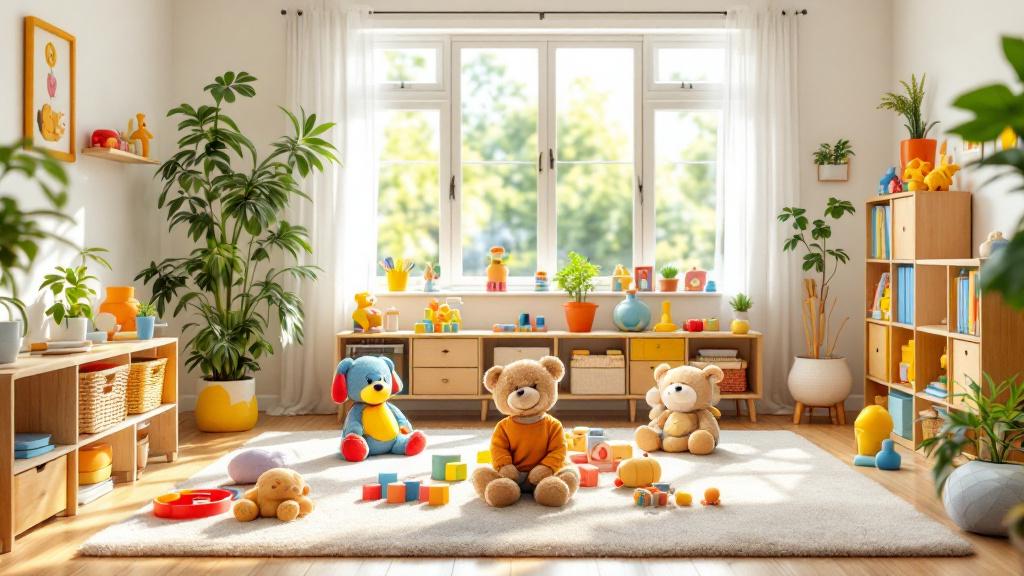Understanding the Foundations of Personalized Child Therapy
Creating effective, individualized therapy goals for children is essential for fostering meaningful progress in emotional, behavioral, and developmental domains. This process involves comprehensive assessments, collaboration with families, and the strategic application of evidence-based techniques. By tailoring goals to each child's unique profile, therapists can optimize engagement, motivation, and outcomes, ensuring therapy is both relevant and effective.
Establishing a Child-Centered Approach in Therapy Goal Setting
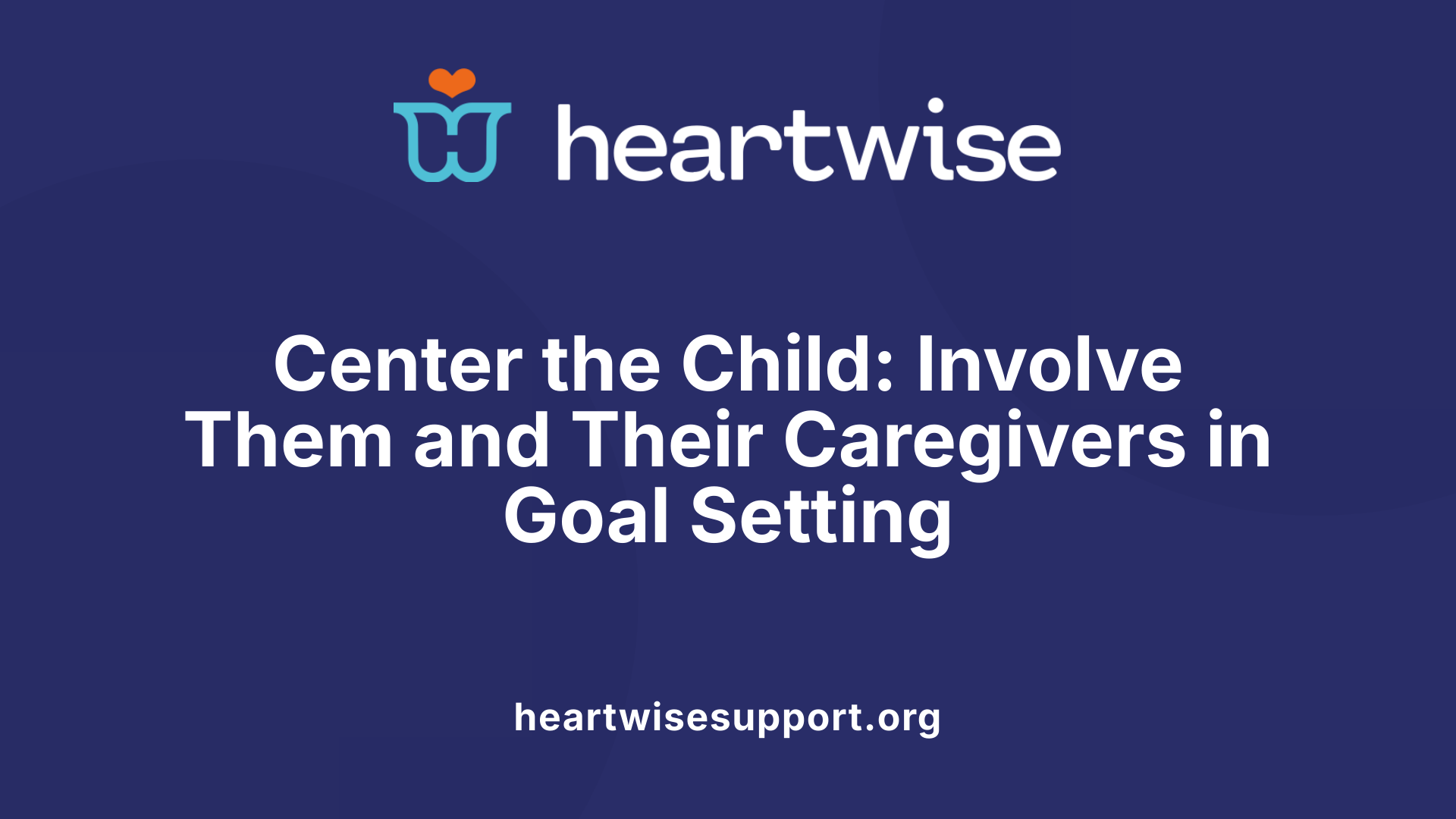 Effective child therapy begins with a comprehensive assessment that involves both the child and their caregivers. This process helps therapists understand the child's unique strengths, challenges, developmental stage, and personality, which are crucial for developing personalized treatment goals. Assessments can include interviews, observations, and standardized tests, providing a well-rounded view of the child's needs.
Effective child therapy begins with a comprehensive assessment that involves both the child and their caregivers. This process helps therapists understand the child's unique strengths, challenges, developmental stage, and personality, which are crucial for developing personalized treatment goals. Assessments can include interviews, observations, and standardized tests, providing a well-rounded view of the child's needs.
Once assessments are complete, therapists utilize child-centered techniques such as play therapy for younger children and verbal approaches for adolescents. These methods are tailored to resonate with the child's developmental level and preferences, creating a supportive environment that encourages active participation.
A fundamental aspect of setting therapy goals is ensuring they incorporate the child's interests and preferences. For example, if a child shows a strong interest in art or sports, these themes can be integrated into therapy activities and goals. This customization increases motivation and engagement, making therapy more effective.
Best practices for establishing individualized goals involve crafting SMART objectives—Specific, Measurable, Attainable, Relevant, and Time-bound. Goals should be realistic yet challenging, guiding progress while maintaining the child's interest. Regular reviews of these goals, based on observable data and progress, allow for necessary adjustments that keep therapy relevant and effective.
Collaboration plays a key role in goal setting. Including the child and their caregivers in decision-making fosters a sense of ownership and motivation, leading to better adherence to therapy plans. Therapists often use goal banks, standardized resources, and frameworks like the ENGAGE model to support this process.
Overall, the focus on a child-centered approach ensures that therapy goals are meaningful and tailored to each child's evolving needs. This strategy not only promotes skill development and emotional regulation but also strengthens the child's confidence and motivation to succeed.
Personalizing Therapy Goals Based on Individual Child Profiles
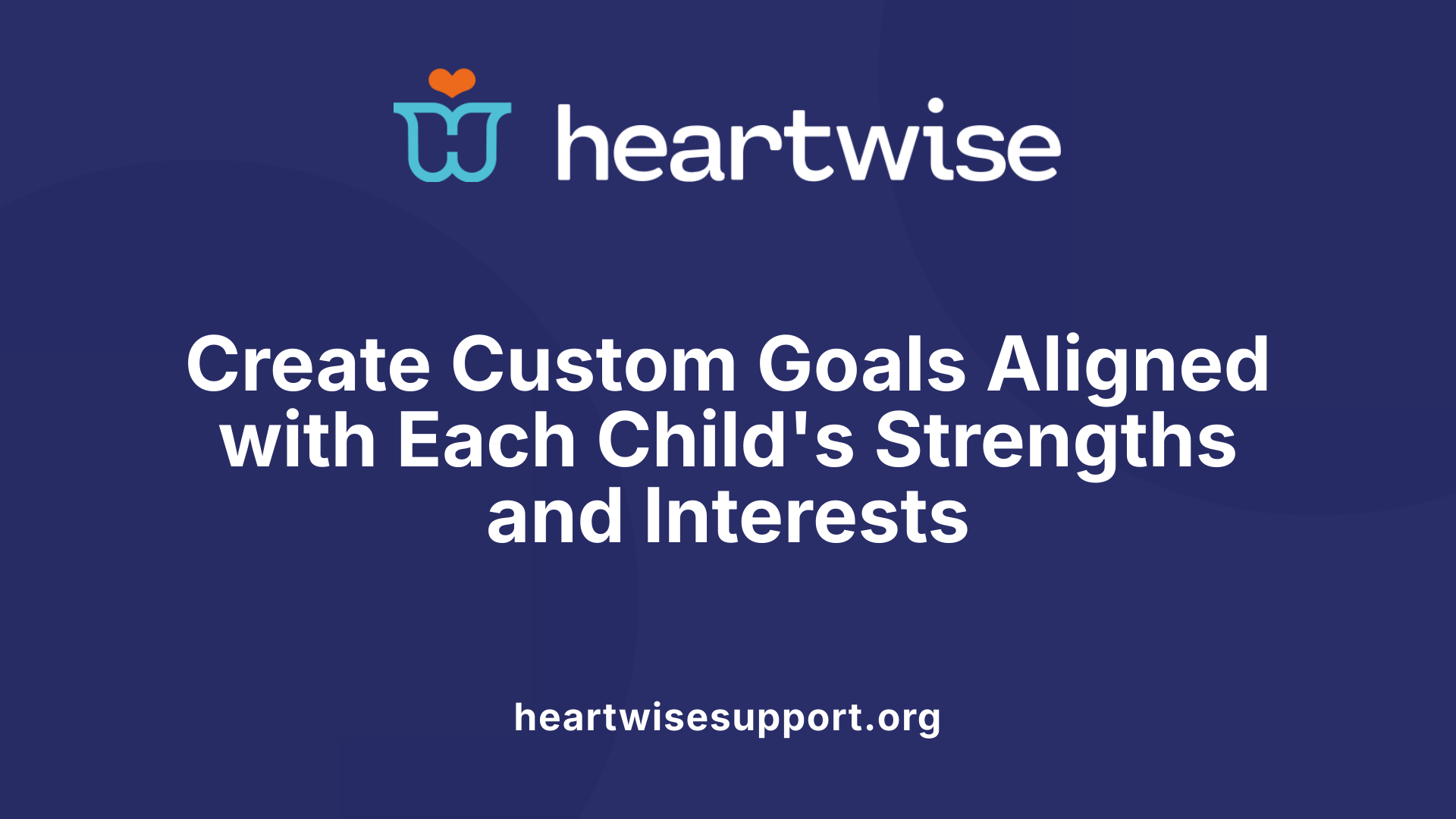
How can therapy goals be personalized for each child?
Creating effective therapy goals starts with understanding each child's unique profile. Child counseling utilizes comprehensive assessments, which include standardized tests, clinical observations, and interviews with caregivers, to identify the child's strengths, challenges, and interests.
These assessments help tailor treatment plans that suit the child's developmental stage—taking into account their age, communication abilities, and social skills. For example, a younger child's therapy might focus on play-based approaches like play therapy, while adolescents may benefit more from verbal therapy.
To ensure goals are relevant and achievable, therapists often employ evidence-based frameworks such as SMART goals—Specific, Measurable, Achievable, Relevant, and Time-bound. These serve as guides for structured progress and facilitate systematic adjustments.
Incorporating the child's interests and preferences boosts motivation and engagement. For instance, using reinforcement strategies that align with what the child enjoys enables more effective learning.
Therapists also adapt intervention strategies to fit the child's preferred learning style, whether visual, auditory, or kinesthetic. Regular collaboration among therapists, parents, and educators allows for ongoing optimization of therapy plans based on observed progress.
By continuously monitoring achievements and setbacks, therapy can be refined over time, ensuring it remains responsive to the child's evolving needs. This dynamic approach underscores the importance of personalized goals that promote deeper engagement and meaningful progress.
Integrating Developmentally Appropriate Strategies and Techniques
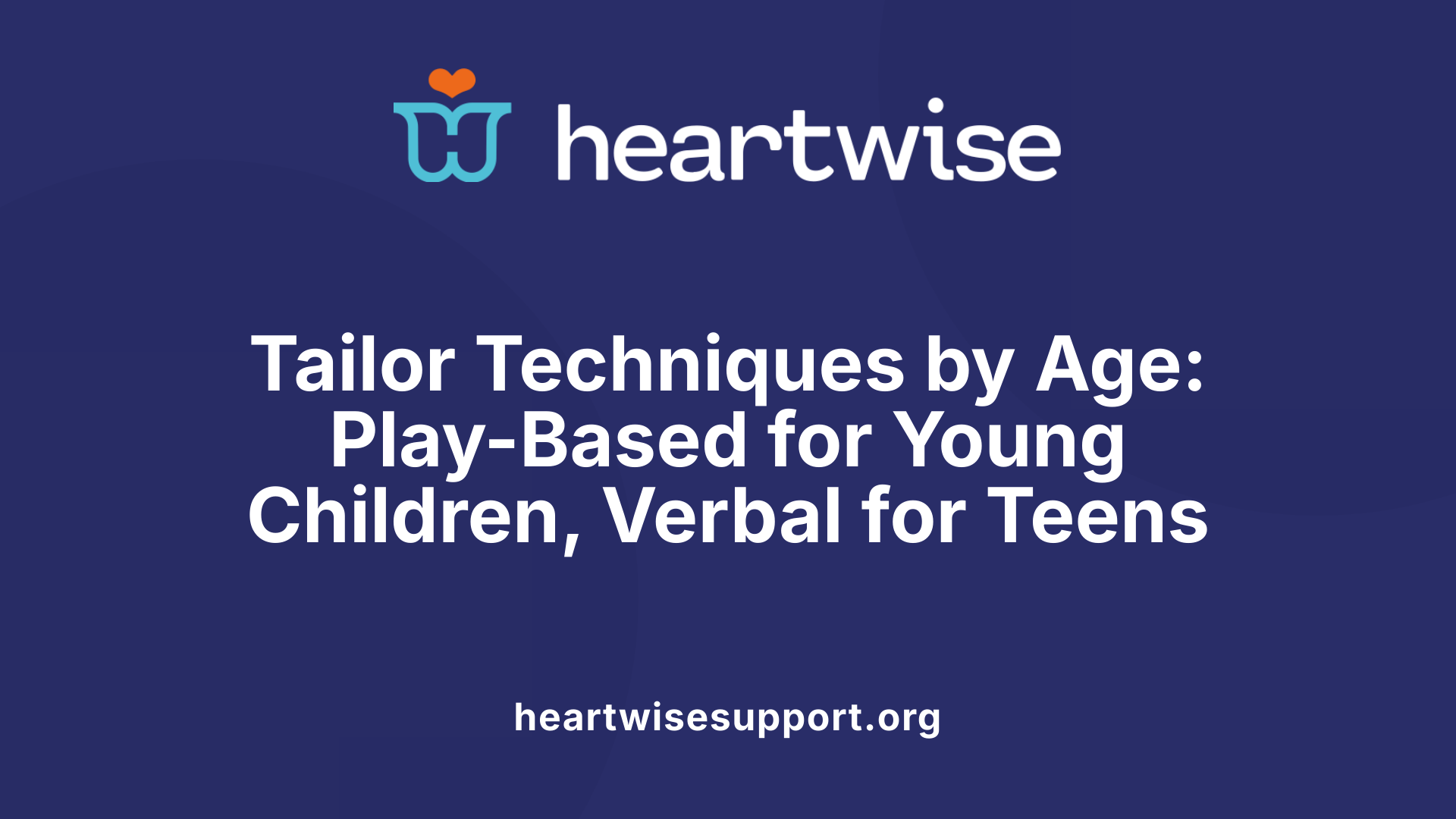 Child counseling requires tailored techniques that consider a child's age, personality, and developmental stage to be most effective.
Child counseling requires tailored techniques that consider a child's age, personality, and developmental stage to be most effective.
For young children, play therapy and social interaction methods are particularly beneficial. Play therapy leverages natural play behaviors to help children express feelings, explore problems, and develop new skills in a safe environment. Social interaction activities, such as group play or cooperative games, foster essential social skills like sharing, communication, and empathy.
As children grow into adolescence, verbal and cognitive approaches become more suitable. These methods encourage adolescents to articulate their emotions and thoughts more explicitly, fostering self-awareness and problem-solving skills. Techniques such as talk therapy and guided cognitive exercises help teens understand their feelings and develop coping strategies.
Adapting activities to match each child's developmental stage ensures therapy remains relevant and engaging. Practitioners assess a child's needs through multiple channels, including standardized assessment tools, observations, and input from parents and teachers. This comprehensive approach provides insight into the child's strengths and challenges, forming the basis for personalized, measurable therapy goals.
Using frameworks like SMART (Specific, Measurable, Achievable, Relevant, Time-bound) or PACT helps define clear objectives tailored to each child's abilities. Integrating the child's interests and preferences into these goals boosts motivation, making sessions more engaging.
Furthermore, individualized reinforcement strategies—such as rewards aligned with personal motivations—encourage progress. For younger children, visual aids or tactile activities can enhance understanding, while older children might benefit from more complex, discussion-based tasks.
Regular collaboration between therapists and parents, along with continuous progress monitoring, ensures activities are adjusted in real-time to reflect the child's growth. This dynamic approach allows for the customization of intervention strategies, optimizing developmental outcomes across all stages.
Below is a table summarizing techniques and assessment methods aligned with different developmental stages:
| Developmental Stage | Recommended Techniques | Assessment Methods | Purpose | Additional Notes |
|---|---|---|---|---|
| Young children | Play therapy, social activities | Observations, standardized play assessments | Emotional expression, social skills | Incorporate toys and games suited for age |
| Pre-adolescents | Cognitive-behavioral techniques, social stories | Parent reports, developmental screenings | Behavior control, social understanding | Use age-appropriate language |
| Adolescents | Verbal therapy, cognitive exercises | Self-report questionnaires, teacher feedback | Self-awareness, emotional regulation | Focus on identity and independence |
Understanding a child’s unique needs and matching strategies accordingly allows practitioners to create engaging, effective, and personalized therapy plans that support long-term emotional and developmental growth.
Monitoring Progress and Adapting Goals Over Time
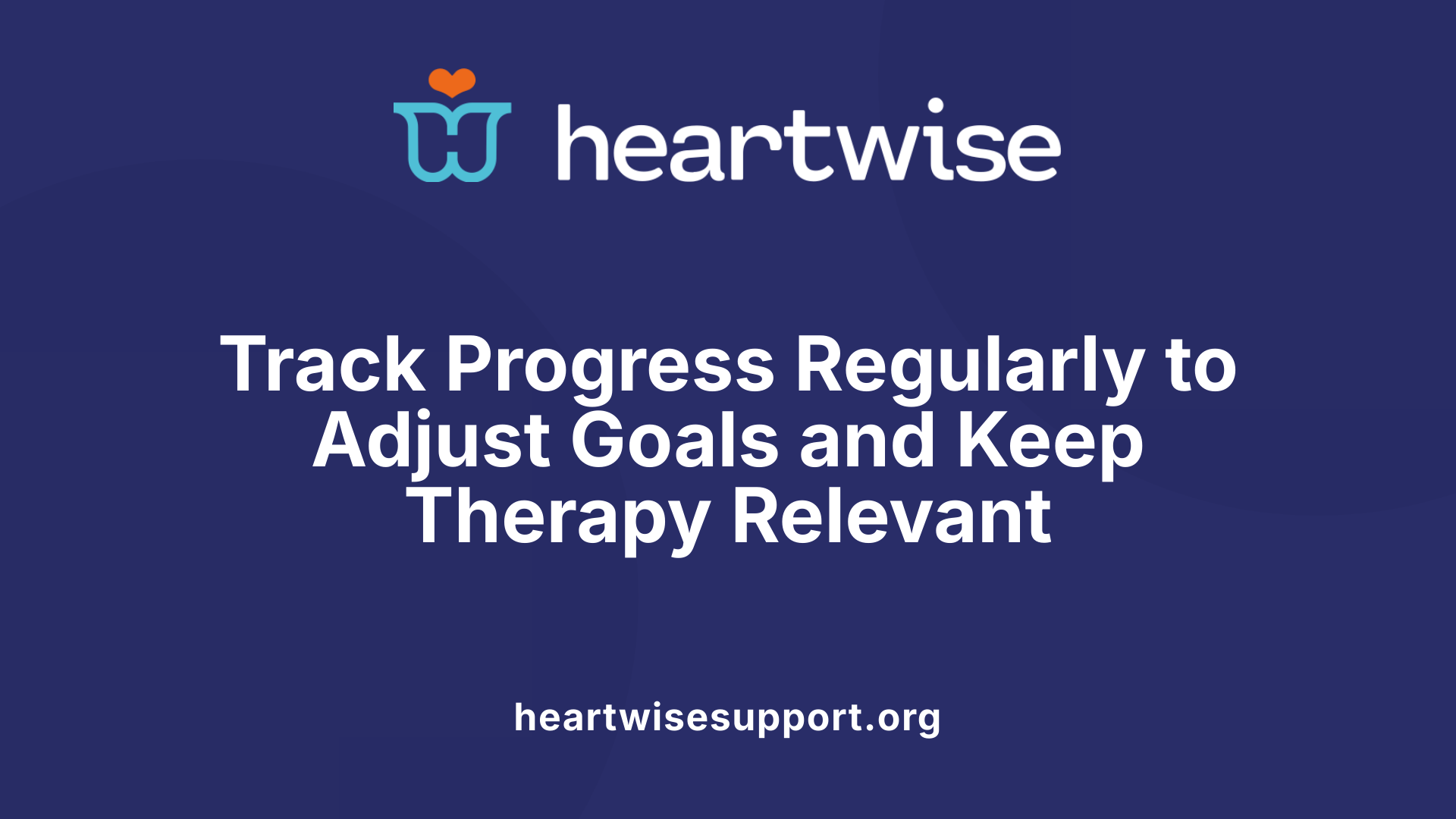 Tracking achievements and setbacks is a fundamental part of effective child therapy. Therapists utilize measurable data, such as progress in specific skills or behavioral changes, to gauge how well a child is responding to interventions. For example, progress in speech fluency or social interaction frequency can be tracked through observation or standardized assessments.
Tracking achievements and setbacks is a fundamental part of effective child therapy. Therapists utilize measurable data, such as progress in specific skills or behavioral changes, to gauge how well a child is responding to interventions. For example, progress in speech fluency or social interaction frequency can be tracked through observation or standardized assessments.
Regularly reviewing these data points helps determine whether therapy goals need adjusting. If a child demonstrates significant improvement, goals may be elevated to promote further development. Conversely, if progress stalls, goals might be revised to better match the child's current capabilities and to address barriers.
In addition to measuring data, collaboration plays a crucial role. Therapists frequently consult with parents and families to gather insights into the child's behavior outside therapy sessions. Children’s feedback, where appropriate, also informs goal-setting.
How can therapy goals be customized for each child?
Personalizing therapy goals involves thorough assessments of a child's developmental strengths and areas for growth. Therapists use standardized tools, clinical observations, and input from caregivers to understand individual needs and interests. Treatment plans are designed with these insights in mind, making goals realistic and meaningful.
This process often incorporates evidence-based approaches like SMART (Specific, Measurable, Achievable, Relevant, Time-bound) goals. These help organize interventions and enable ongoing adjustments based on the child's evolving progress.
Incorporating the child's interests, preferences, and learning styles—whether visual, auditory, or kinesthetic—also enhances motivation and engagement. Regular reassessment and collaborative feedback among therapists, families, and educators ensure that therapy remains tailored, relevant, and effective.
Monitoring progress involves setting clear metrics, tracking achievements and setbacks, and adjusting intervention strategies as needed. This flexible, child-centered approach fosters continuous improvement and supports long-term development.
Involving Families and Using Data to Drive Goal Implementation and Review
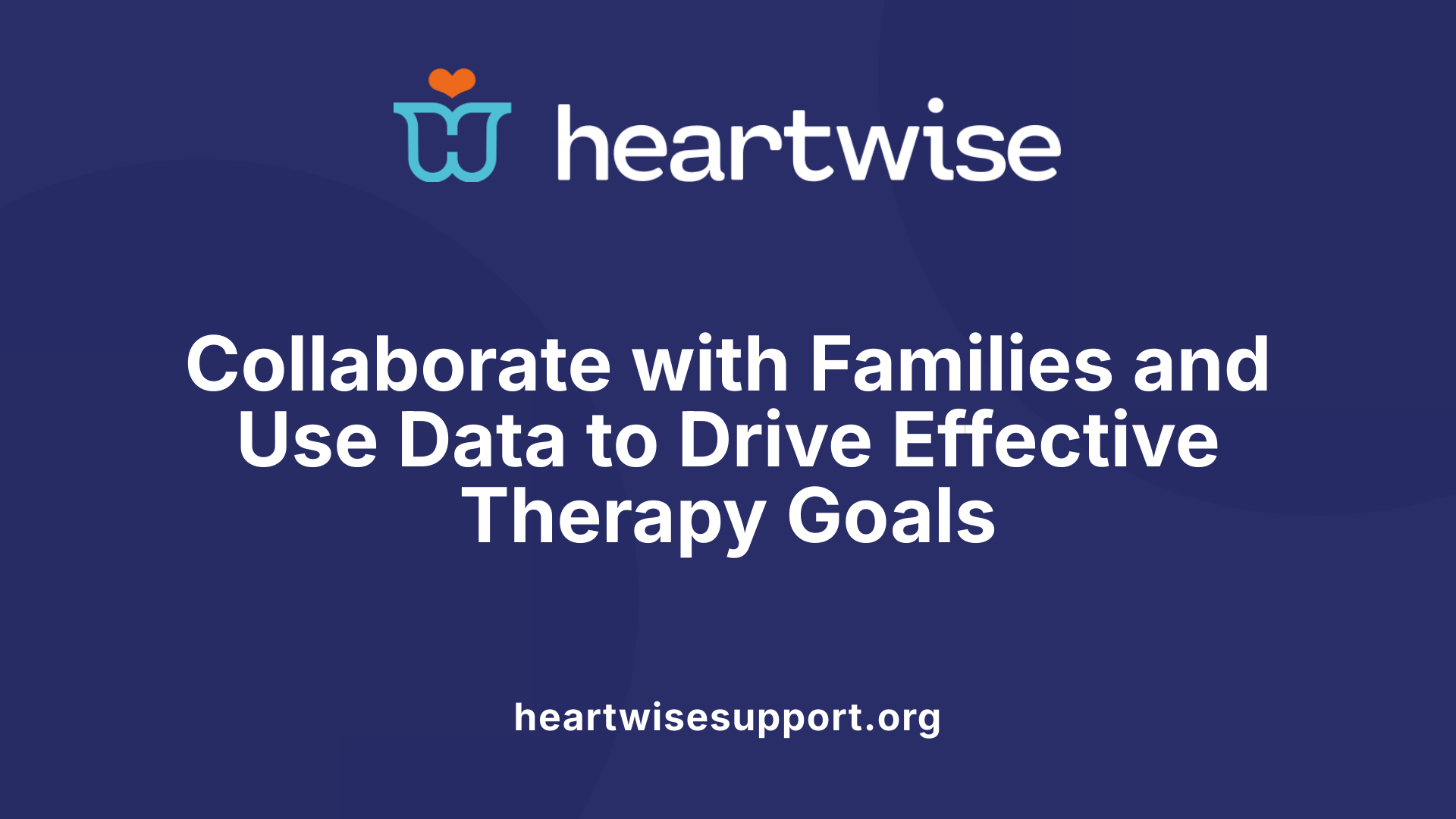 Engaging family members in the child's therapy journey is essential for creating a supportive environment that fosters lasting improvement. Practitioners actively involve caregivers in the goal-setting process, encouraging their input and insights about the child's needs and interests. This collaborative approach ensures that goals are relevant and motivating for the child.
Engaging family members in the child's therapy journey is essential for creating a supportive environment that fosters lasting improvement. Practitioners actively involve caregivers in the goal-setting process, encouraging their input and insights about the child's needs and interests. This collaborative approach ensures that goals are relevant and motivating for the child.
To help families support their child's development at home, therapists provide practical resources, tools, and guidance. These may include behavior management strategies, activity ideas, and progress tracking methods tailored to the child's specific goals. Equipping caregivers with knowledge and skills promotes consistency across settings and strengthens therapy outcomes.
Regular communication is vital for monitoring progress. Therapists share updates with families, highlighting achievements and discussing any challenges. This ongoing dialogue allows adjustments to be made to therapy goals and strategies, ensuring they remain aligned with the child's evolving needs. Flexibility in goal review keeps therapy effective and engaging.
The process of developing personalized goals begins with comprehensive assessments of the child's strengths and challenges. Practitioners use standardized tests, observation, and input from parents and teachers to gather a detailed picture of the child's developmental stage and requirements. This multi-source information helps create tailored, realistic objectives.
By combining thorough assessments with goal-setting frameworks such as SMART (Specific, Measurable, Achievable, Relevant, Time-bound), therapists develop clear and actionable plans. These plans incorporate the child's interests and preferences, making therapy more engaging and meaningful.
Monitoring progress involves establishing measurable criteria to evaluate achievements and setbacks. Data collected through observations and assessments guide decision-making, allowing therapists to refine goals and intervention strategies quickly. This data-driven approach ensures that therapy remains personalized and effective.
In summary, involving families actively and utilizing systematic data collection are fundamental to effective child therapy. They promote a cohesive approach where caregivers and therapists work together to set, support, and adjust developmental goals, ultimately enhancing the child's growth and well-being.
Fostering Continuous Growth Through Dynamic Goal Setting
The process of customizing therapy goals for each child is an ongoing, collaborative effort that requires continuous assessment, flexibility, and input from all involved—the child, family, and therapy team. Employing tailored strategies like SMART goals, developmentally appropriate activities, and data-driven adjustments ensure that therapy remains relevant, motivating, and effective. Ultimately, personalized therapy not only enhances developmental outcomes but also promotes resilience and long-term well-being, laying the foundation for each child's bright future.
References
- 5 Key Goals of Child Counseling: A Guide for Parents
- Understanding Developmental Goals in Pediatric Therapy
- Making ABA Work: Customizing Therapy Goals for Better Outcomes
- SMARTer Approach to Personalizing Intervention for Children With ...
- What Are Speech Therapy Goals for Autism? A Comprehensive ...
- Important ABA Therapy Goals & Timelines for the Deserving Child in ...
- Home-Based ABA Therapy: Personalized Benefits for Autism
- ABA Therapy at Home: a Definitive Guide | BIFA

